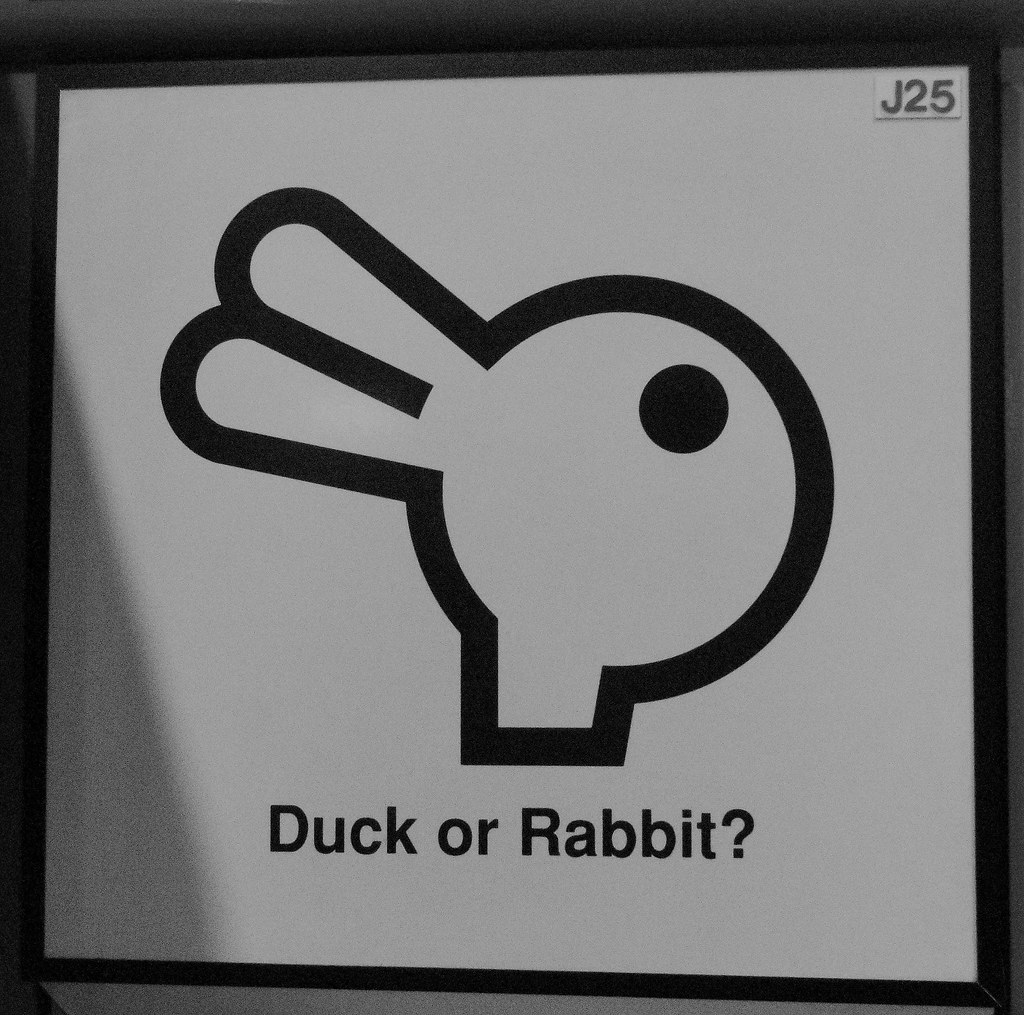

You need to score at least 44 out of 75 to pass. Up to five points are up for grabs with each hazard, depending on how soon you spot it. You click on a mouse when a hazard develops and you would need to take action if you were really driving. You’ll then watch 14 video clips of everyday driving scenes, and you’ll need to spot hazards as they appear. It pays to get in some hazard perception test practice if you want to pass first time.īefore the test starts, you’ll watch a short video explaining how it works.

Reacting as the kangaroo enters the road is too late.The hazard perception test is part of the theory test. Animals are unpredictable so you need to slow down and use caution. The correct answer is to respond when you notice the kangaroo jumping to the left side of the road. There is an oncoming car in the distance. You are travelling at 80km/h along a country road. The correct answer is to respond when you notice that there is a train using the crossing ahead, preventing you from using the road. There is a train crossing not too far ahead that does not have light and sound signalling. You could also respond when you notice the tram’s brake lights come on, indicating it is slowing down. You should respond as soon as you notice the person on the path to your left signal for the tram to stop. You are travelling at 50km/h along a city street along which trams travel. When the road is straight and you can see there is no oncoming traffic you should respond as it is now safe. This means it is not safe to overtake the cyclists. When the clip starts there is no oncoming traffic but an oncoming vehicle passes as you go around the bend.Īs you go around the bend you are turning blind and have no idea if there is oncoming traffic. You are travelling 55km/h along an unmarked country road that is bending to the right. You may overtake if it is safe and legal.Ĭlick the 'REACT' button when it would be safe to overtake. Parked cars provide the potential for people to enter the road without notice, so you must be aware of this risk. You should respond as soon as you notice the child on the path to your left wave to their friend and deviate from the path. You are travelling at 40km/h along a street in a commercial area with parked cars on either side of the road. You should respond as soon as you see the pedestrian that enters the intersection as you approach (on the right of the screen). You are approaching an intersection controlled by traffic lights and want to drive through it. The correct answer is to respond when you notice you are coming up to a bend and will need to slow down. You are travelling at 70km/h along an unsealed, country road. Although you have the right of way, you may not be particularly visible to them and must proceed with caution. You should respond as soon as you see that the red car approaching the intersection from the opposite direction wants to turn right in front of you. A vehicle ahead of you in the lane to your right is stopped and indicating that it will turn right at the intersection. As such, the correct answer is not to respond - just let the clip play until it is complete.Ĭlick the 'REACT' button when you would slow down. You want to turn right at an intersection controlled by traffic lights. You wish to turn right at the intersection.Ĭlick the 'REACT' button when it would be safe to go.
#Hazard perception test practice free#
Feel free to review this commentary if you are unsure of an answer when completing the test.ĭon't forget to check out the other HPT practice tests: QLD Driving Test provides information on each question and the appropriate response. Hazard Perception Test (HPT) – Practice Test 6Ĭlick here to be taken to the Practice Test 6


 0 kommentar(er)
0 kommentar(er)
